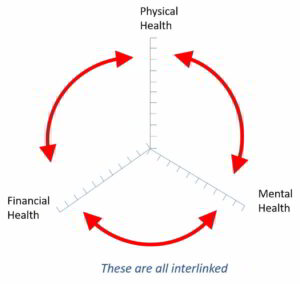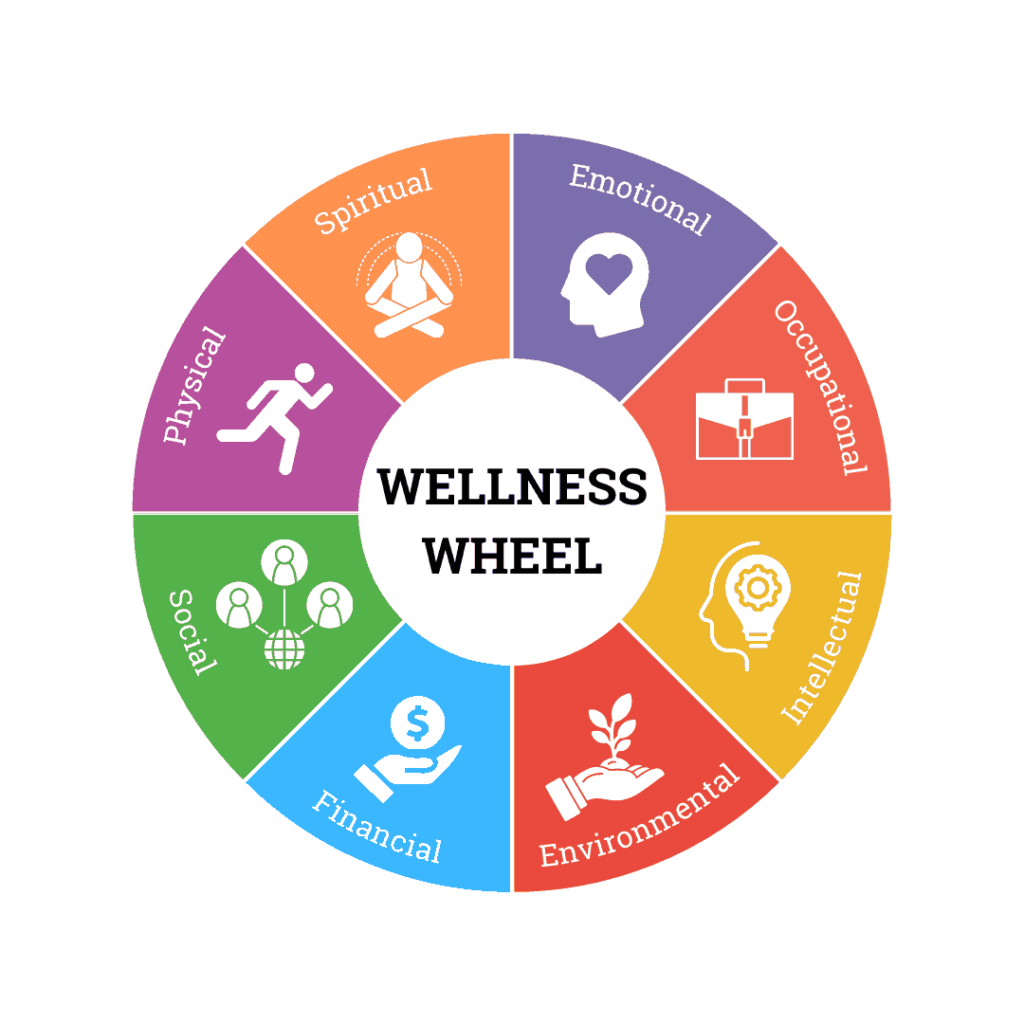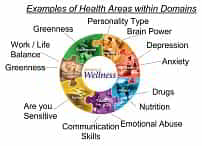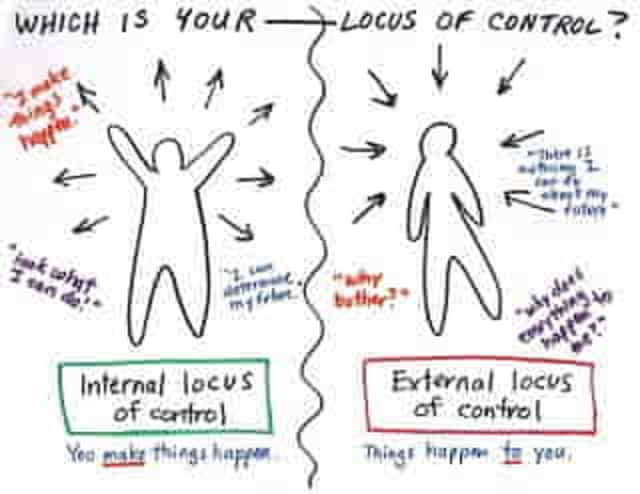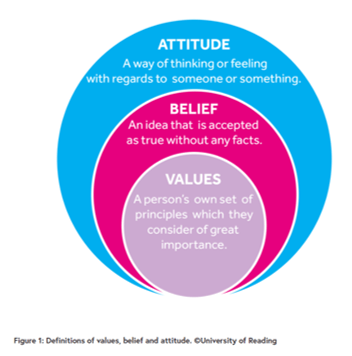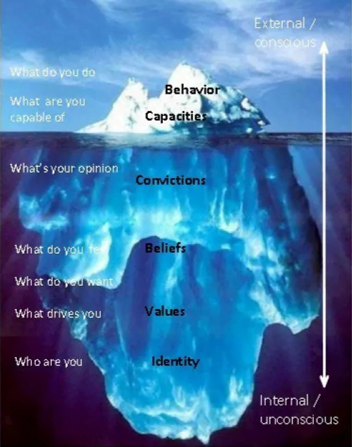Your Dashboard Tools
it's 23 Jan, 2025 11:08 pm
Stop smoking exercises
field_5f0c304c72876 - is the title of the exercise
Exercise Summary
The following was written by Terry Martin and published by verywell mind.
10 Tips for When You Quit Smoking
We all want this quit to be the quit—the one that lasts us a lifetime. We’re looking for permanent freedom from nicotine addiction when we stub out the last cigarette and begin to heal our bodies.
Luckily, there are many tips and strategies that can help you quit smoking and make it stick. By learning what you should (and shouldn’t) do when trying to quit, and educating yourself about what happens when you stop smoking, you can ensure you are successful in your smoking cessation plans.
Main Activity
Study, educate and create an action plan of activity
The following was written by Terry Martin and published by verywell mind.
1. Have a Plan
A little preparation can help you get into the mindset to quit smoking and line up some tools to better manage the first week to 10 days after your last cigarette, which according to the American Lung Association, will be the hardest.
– Make an appointment for a physical. During the visit, let your healthcare provider know that you plan to quit smoking, and discuss which types of nicotine replacement therapy or nicotine-free quit aids would work best for you.
– Learn about nicotine addiction. Smoking is more than just a “bad habit” that you can choose to stop at any time. Nicotine is an addictive drug that affects your brain chemistry.
– “Schedule” your quit date. In order to not lose momentum, it’s best to plan no more than a week or two ahead of time.
– Decide how you’ll quit. For example, you might choose “cold turkey” or a more gradual approach.
– Plan for cravings. Create a list of “craving busters,” or activities you can quickly use to shake your urge to smoke. A few examples: Go for a walk, drink a glass of water, work on a crossword puzzle, eat a piece of fruit, or call a friend.
2. Be Patient
It is a natural tendency to quit smoking and expect to be over it within a month. That would be nice (very nice!), but it doesn’t work that way.1
When we quit smoking, we’re overcoming nicotine addiction (including physical and psychological withdrawal) and letting go of a habit that most of us have carried for many years, if not all of our adult lives. It’s only fair to expect that breaking down the old associations that tied us to smoking and replacing them with new, healthier habits will take some time.
Remember, smoking cessation is a process, not an event.
Sit back, relax, and think of time as one of your best quit buddies. The more time you put between you and that last cigarette you smoked, the stronger you’ll become. Have patience with yourself, and with the process
3. Focus on the Present
Nicotine withdrawal plays mind games with us early on in smoking cessation. We think about smoking all of the time, and we worry that we’ll always miss our cigarettes.
For the new quitter, it can be paralyzing to think about never lighting another cigarette. Thoughts like this, if left unchecked, can easily lead to a smoking relapse.
If you find yourself feeling panicked about your smoke-free future, pull out of it by focusing your attention only on the day you have in front of you. It takes practice and patience to stay in the here and now, but it can be done, and it is a great way to maintain control over your quit program.
he next time your mind wanders ahead or back, consciously pull yourself out of it by narrowing your attention to the moments you’re living right now. Your power to affect change in your life is today, and always will be. You can’t do a thing about what happened yesterday or about what is yet to come tomorrow, but you sure can control today.
4. Stay Positive About Your Progress
It’s been said that the average person has approximately 66,000 thoughts on any given day and that two-thirds of them are negative. It will probably come as no surprise that we aim many of those negative thoughts directly at ourselves. Face it, we’re almost always our own worst critics.
Quitting is a process, and staying positive can help you endure the ups and downs as you work to reach your quit-smoking goals. Here are a few stay-positive strategies to add to your quit-smoking toolbox.
– Practice quit-smoking affirmations. Find a few positive messages or mini mantras you can repeat to yourself to help you stay the quit-smoking course, like “I am strong enough to beat nicotine,” or “I choose my health over cigarettes.”
– Keep a gratitude journal. Maintaining a gratitude journal makes it easy to get in the habit of focusing on the positive in your life while also reaping the stress-management benefits of journaling.
– Find help in humor. Seeking out sources of humor, whether a silly video, hilarious sitcom, or funny friend, can help lessen your stress and enable you to think more positive thoughts.
– Be kind to yourself. Start paying attention to your thoughts, and banish those that don’t serve your best interests,2 including lamenting the things you can’t change, such as the years you spent smoking.
– Focus on the positive changes. Look at past quit attempts not as failures, but as experiences you can learn from as you work to create positive changes in your life by quitting tobacco now. If you affirm the positive changes you are making in your life, action will follow more easily.
– Put yourself on “ignore mode.” You will have bad days. Expect and accept that. Such is smoking cessation, and such is life. On those off days, vow to put yourself in “ignore mode.” In other words, don’t focus on the negative atmosphere of your thoughts.2 Instead, do what you can to distract and ignore your bad mood.
– Reframe negative thinking. Take notice when you begin to think negative thoughts like “I can’t do this another day” or “this is too hard,” and make an effort to replace them with something more positive like “I’m trying each day,” or “this is challenging but necessary for my health.”
Successful long-term cessation always starts with our thoughts.
5 Take Care of Yourself
Early smoking cessation is a time when you should be taking extra care to make sure all of your physical needs are met. Taking care of your body, especially as you move through early cessation, will help you minimize the discomforts of nicotine withdrawal.
The following list of tips will help you weather nicotine withdrawal more comfortably:
– Eat a well-balanced diet
Your body needs good quality fuel now as it works to flush the toxins from cigarettes out of your system.
– Get more rest
Chances are, nicotine withdrawal will leave you feeling fatigued for a few weeks. If you’re tired, don’t fight it. Sleep more if you can. Nine times out of 10, you’ll wake up feeling 100% better the next day, and when you do, you’ll be grateful to still be smoke-free.
– Drink water
Water is a great quit aid. It helps you detox more quickly, works well as a craving-buster, and by keeping yourself hydrated, you’ll feel better overall.
– Exercise daily
Exercise benefits both physical and mental health, and it’s another good way to manage cravings to smoke. Walking is a low-impact aerobic workout that is a good choice for those of us leading inactive lives. Be sure to check in with your doctor before starting a new exercise regimen.
– Take a daily multi-vitamin
Cigarettes deplete our bodies of many nutrients, so give yourself the boost that a good multi-vitamin provides for the first few months of smoking cessation. It may help you regain your energy more quickly.
Remember, while nicotine withdrawal may not be a pain-free experience, it is a temporary phase of recovery that we all have to go through to get through.
6. Avoid Alcohol
Alcohol and tobacco go hand-in-hand. with studies showing high relapse rates in people with alcohol use disorders. Even if you just drink occasionally, putting yourself into a social setting where you’re tempted to drink alcohol too soon after quitting can be dangerous. Don’t rush it. New quitters are tender. The time will come when you can have a drink without it triggering the urge to smoke, but don’t expect that to be within the first month, or perhaps even the first few months.
We’re all a little different in how we move through the process of kicking nicotine addiction, so relax any preconceived notions you might have about how long recovery should take. Instead, focus on your own situation.
If there is an engagement coming up that involves alcohol and you feel nervous about that, take it as a signal to proceed with caution. Consider postponing until you’re feeling stronger. And if that’s not an option, work out a plan ahead of time for how you’ll manage the event smoke-free.
It’s no exaggeration that you are working hard to save your life by quitting smoking, so give cessation the attention it deserves.
Keep your quit program in the top slot of your list of priorities for as long as it takes. You should do whatever you need to do to maintain your “smobriety.”
7. Find Ways to Manage Stress
We’ve talked about taking care not to neglect our physical health while going through nicotine withdrawal, but our emotional well-being is every bit as important. Stress and anger are probably two of the biggest smoking triggers we face, and they can build up and threaten our quit programs if we’re not careful.
Early cessation creates its own tension, and that can be overwhelming when paired with the stresses of daily life if you let it be. Don’t let yourself get run down to the point of exhaustion, and take time every single day to relieve stress with an activity that you enjoy.
Whether it’s time alone with a good book, a hot bath, or working on a hobby, think of this as insurance for your quit program, not as time spent selfishly.
8. Ask for Help
Statistics show that people who quit smoking with a healthy support system in place have a much higher rate of long-term success with smoking cessation. In addition to the support you might receive from friends and family, consider adding some online support to your quit program.
9 Stick With It
Many a good quit program has been lost to thoughts of being able to smoke “just a little.” Don’t fall for it. The only way to keep the beast at bay is to keep nicotine out of your system. The longer you go without nicotine in your body, the easier it will be to stay nicotine-free.
If you decide to go ahead and smoke just one cigarette, or for just one night, chances are you’ll be back smoking again. You may even find yourself smoking more than you used to.
When it comes to smoking cessation, there is no such thing as just one cigarette. They travel in packs.
Just as success with smoking cessation begins in the mind, so does a smoking relapse. If unhealthy thoughts of smoking come up, and you can’t shake them, it’s time to renew your resolve.
10 Keep Up Your Motivation
You quit smoking for a reason. Probably several. Don’t let time and distance from the habit cloud your thinking. Keep your memory green by reviewing your reasons for quitting often. They will never be less true as time goes by, but they can feel less urgent if you’re not careful.
Smoking cessation is a journey. Take it one simple day at a time, and you’ll find that what started out as a difficult task soon enough becomes an enjoyable challenge.
Video
Title
Summary
Play
Now you have to decide if you want this exercise to be part of your action plan.
If you don’t, then either hit the back arrow or click the button to go back to look at another exercise.
If you do, then carry on down the page and follow the instructions.
If you want to include this exercise in your action plan, select Yes from on the right then click the green button saying ‘Include this exercise’.
Sadly you’ll go back to the top of this page – please scroll down and fill in the bits that appear before here.
Add a comment
You can leave a comment below – we’ll get back to you.
